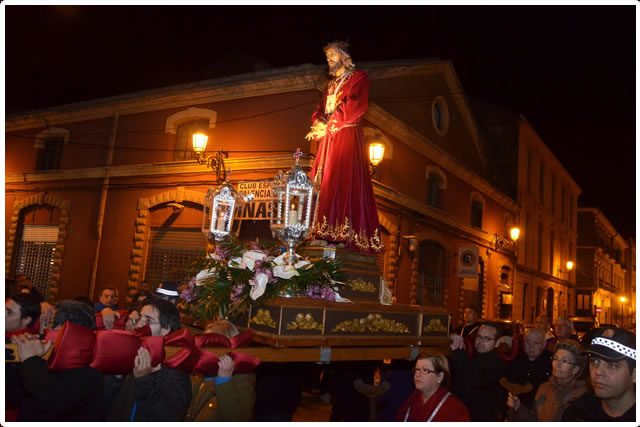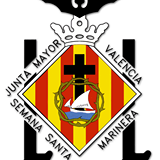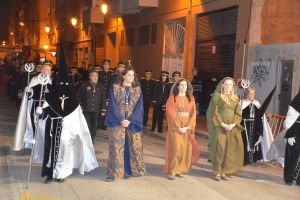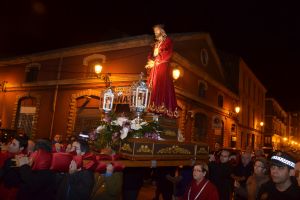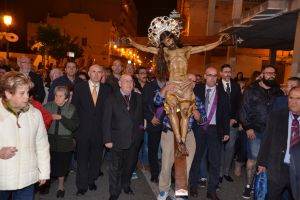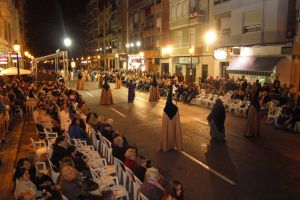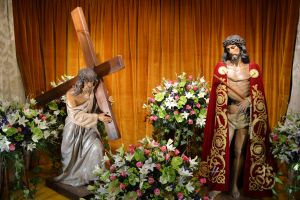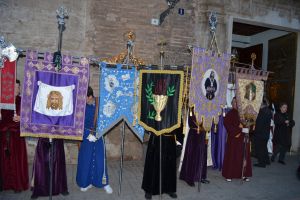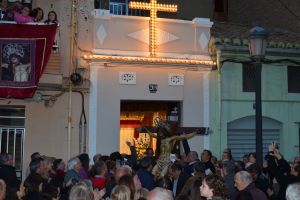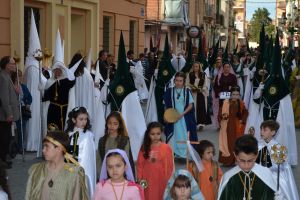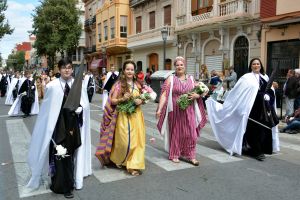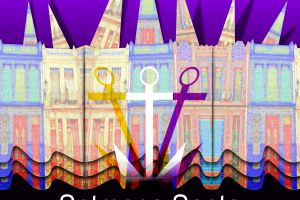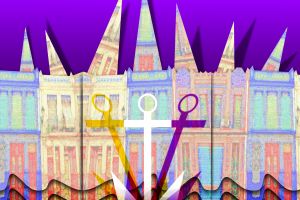THE FISHERMEN’S HOLY WEEK
From Sunday, 25 March 2018
To Monday, 02 April 2018
Declared of National Tourist Interest, the Fishermen’s Holy Week (Setmana Santa Marinera) is a great celebration taking place in València’s maritime district, which includes the neighbourhoods of El Grau, El Cabanyal, and El Canyamelar. A secular tradition preserved by generations of families, this festivity was named after its main precursors, the fishermen who lived in the area. On their fishing trips, they prayed to their Saints and to Christ, who are deeply significant figures of the Holy Week, where their images are carried in the processions.
The celebrations and events of the Setmana Santa Marinera date back to 1735 but they were consolidated and regulated in the second decade of the 20th century with the parishes of Saint Mary of the Sea, the Virgin of the Rosary, the Virgin of the Angels, and Saint Maurus. Devotion in these Easter celebrations is deeply rooted in the fishing districts. The first processions take place on the Friday of Sorrows, with a number of brotherhoods and guilds marching in the streets.
The Setmana Santa Marinera has other peculiarities that are shown by the importance of biblical characters. These are the recreation of Christ’s passion, the death and resurrection, the importance of drums, or the transfer of the Saints’ images to private homes and local groups’ premises in a sort of pilgrimage by thousands of devotees who come to visit them on Maundy Thursday and Good Friday.
Early in the morning of Good Friday, crowds escort Jesus to the seashore while a priest sings prayers to those who died at sea. A girl dressed like the Sorrowful Mother leaves a garland on the water. Later, the parishes recreate the main scenes of The Passion and, in the evening, all the groups slowly march in the procession of The Entombment.
At midnight on Holy Saturday, a feeling of peace takes over when the bells announce the Resurrection, and bursts of joy invade the entire neighbourhood. People throw water and old crockery from the balcony as a symbol of renewal and a new time. And it being in València, firecrackers are a must.
Finally, on Resurrection Sunday all the brotherhoods meet up at the spot where Jesus’ Mother takes off her black veil and symbolically embraces her risen son. Flower petals are thrown, and doves are released to the sound of firecrackers. Then, the Holy Viaticum is administered in the homes of the sick in the so-called Procession of Light, since all the participants have candles. Flowers and soft colours decorate the streets in the closure of the Fishermen’s Holy Week, Sunday becoming a turning point in contrast to the previous days. Since 2000, the Salvador Caurín Museum of the Setmana Santa Marinera can be visited at 1 Rosario Street, where tourists and visitors can learn about the complexity and cultural richness of the Holy Week of the Maritime District.
But apart from the Fishermen’s celebrations, other areas in the city have festivities of their own. At La Seu District, the brotherhood of the Crist de les Penyes organises the Palm Procession, and on Holy Thursday the city’s oldest images, a crucified Jesus and a sculptural scene with the Virgin and her son, are processioned. In Arrancapins, the brotherhood of Jesús dels Desemparats and the Mare de Déu de Gràcia also have Holy Week events. The Passion is followed by Easter, when children fly their kites and have typical snacks such as the mona (a bun with a boiled egg) with their families and friends.


